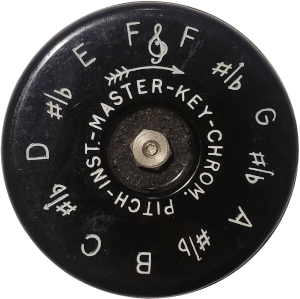I tried to think of the most academic-sounding title possible so I could justify how much time I spent on something so insignificant.
I left work Thursday and witnessed the nationwide Communications Workers of America strike outside of the Verizon store in Capitola. Though supportive of their cause, I'm not fond of groups of humans yelling and marching so I quickly jaywalked across 41st Avenue to avoid them. The bus stop I was waiting at stood four lanes across from the protest and unexpectedly made a great observation point - free from my marching-yelling crowd anxiety but had a front row seat.
One man wore a megaphone slung over his shoulder and directed the chants with a palm mic, trucker style. The strikers, approximately 20 or so, snaked up and down the sidewalk on 41st Avenue single file, offering the response to the chant leader's call. Immediately I noticed a very unusual musical feature of their chant. Listen to audio I recorded:
The chant goes like:
Chant leader's call: Ver-I-zon you can't hide!
Striker's response: We can see your gree-dy side!
Pretty bold in its content.
So what unusual musical feature was I hearing?
A repeating pattern of irregular metric groupings, in this case a group of 7, or 3+4 depending on on how you hear it. See the score I made of the chant:
On top, the chant dictated in 7/4 time. The bottom in 3/4+4/4.
The chant leader or "call" part begins with an eighth note pickup to the short, pulse-accented antecedent phrase: Ver-I-zon you can't hide! This takes place over the length three quarter notes (excluding the pickup note).
The strikers offer the "response" part beginning on the next quarter note after the caller's last word hide! offering a similarly pulse-accented consequent phrase: We can see your gree-dy side!
Why is this interesting?
I find this interesting for several reasons. Think about when groups of human individuals gather and participate in repeating, unpitched rhythmic chants, either in a call-response format or in a unison format. My first thought was baseball. LET'S GO OAKLAND | TA TA TA-TA TA
These chants rely on a steady, repeated pulse in order to facilitate group participation on a large scale. The steadyness helps focus the verbal intelligibility of the words contained within the chant. This is a shared experience for everyone willing to participate and doesn't require special or exclusive musical knowledge or experience.
So when the guys down at the chant-writing factory produce their hits for sports fans or union members, they tend to prefer predictable metric patterns, 99.99% of the time resulting in a time signature of 4/4 or 2/4. Ours is an unrounded, irregular 7/4 and that's pretty unusual.
Why does this matter?
It doesn't, really. It's just this thing that happened that I witnessed and I want to get better at cranking out bits of pop pseudo-musicology.
There are some questions that are interesting to consider:
- Was the chant being performed modified or adapted from an existing chant, replacing the proper nouns accordingly, adding or removing syllables (and thus the metric composition) as needed? For instance, maybe the chant was previously written and is recycled throughout union strike culture. The metric length of the chant determined by the number syllables needed to say company's name. Was it originally in 2 measures of 4/4 and cropped to one measure of 7/4 because of a syllable count?
- If we added the word "wireless" after "Verizon" and represented it as two eighth notes, we'd eliminate the asymmetrical nature of the chant, making it an even 4/4. How would this effect the aspects of its recitation? Would it improve the success of the performance or its ease of deployment to a large group of people?
Re-realized in 4/4 time.
- Do the union strikers notice anything unusual about the metric features of this particular chant? Was there a musician in the group who noticed that they were fighting for worker's rights in 7/4 time?
Thoughts?


